The Water Bill Mobile Application is a platform designed to revolutionize the way customers interact with water utility providers. The application aims to streamline billing processes and improve customer and utility companies' overall user experience by leveraging advanced technology. This case study will provide an overview of the project objectives, the user problem, the solution provided by the mobile application, the challenges encountered during development, a competitive analysis, the technology and tools used, the app's benefits, the development process, and the results and benefits delivered.
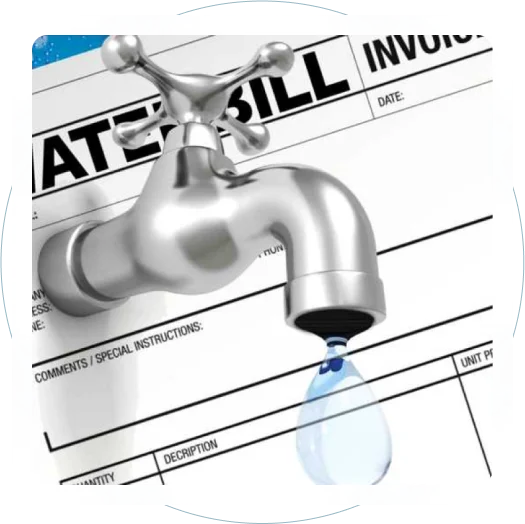
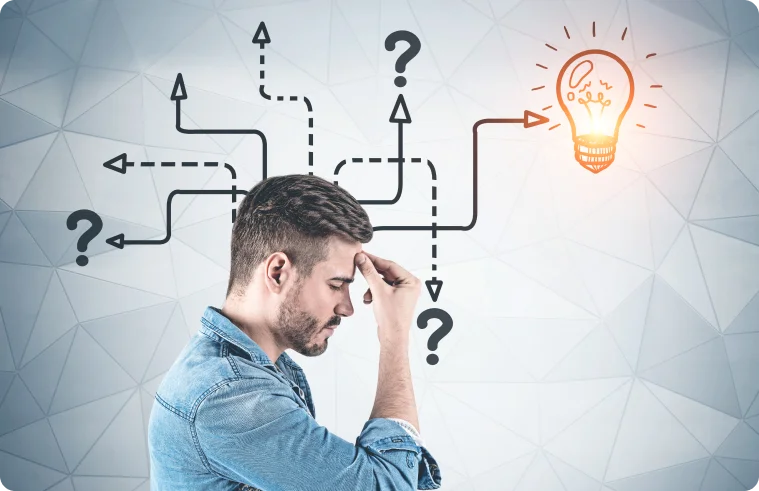
Prior to the development of the Water Bill Mobile Application, users encountered numerous obstacles in managing their water bills. The traditional method involved manual bill generation, paper receipts, and restricted access to bill information. Users frequently had difficulty keeping track of their bills, identifying delinquent or past-due bills, and contacting utility staff with questions or for assistance.
The Water Bill Mobile Application addressed these problems by providing an intuitive and user-friendly interface. Users could easily join in to their accounts using their credentials, view the status of each bill, and access all of their bill details.
Generate accurate water bills based on actual consumption, providing users with a convenient way to access and download their bills electronically.
One can send timely notifications to users about bill generation, due dates, and updates on service interruptions or water quality issues, ensuring users stay informed.
A secure authentication system is implemented to protect user data and ensure that only authorized individuals can access their accounts.
Users can access a comprehensive view of their bill details, including paid, unpaid, and overdue bills, helping them keep track of their payments.
Users can generate digital water bill receipts, reducing the reliance on paper-based receipts and promoting eco-friendliness.
Integrate seamlessly with existing billing systems and databases, ensuring the app can retrieve and update user and bill information accurately.
The development process involved the following stages:
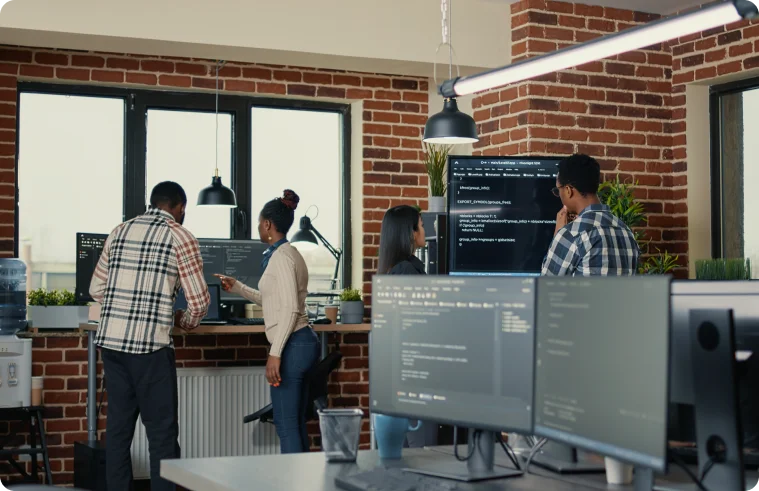
Several problems were encountered during the development of the Water Bill Mobile Application. These included maintaining the security and privacy of user data, integrating with existing billing systems and databases, optimizing the app for multiple mobile platforms, and providing a consistent user experience across devices with varied screen sizes.
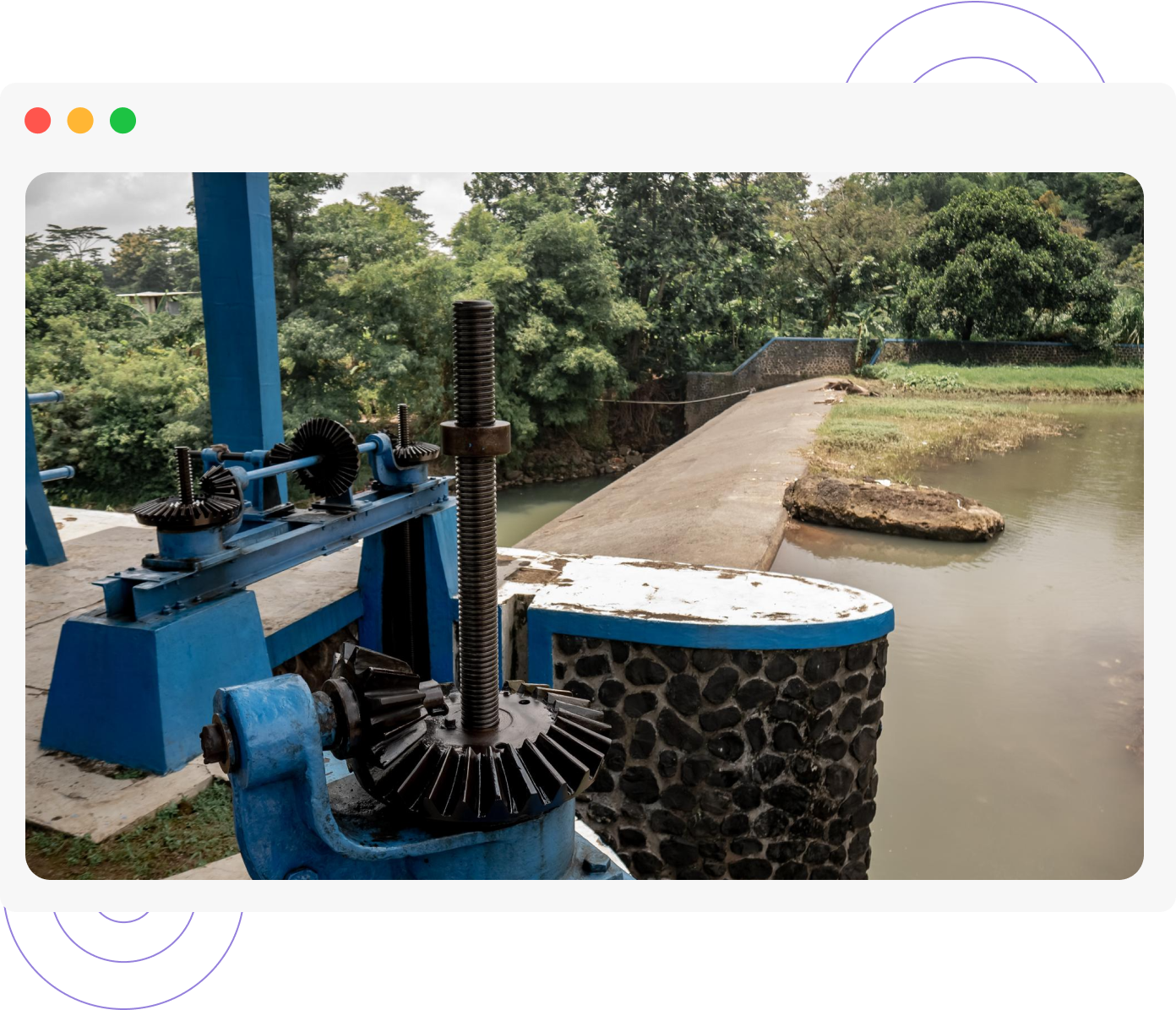
Traditional water billing was manual, time-consuming, and error-prone, resulting in inefficiencies and customer dissatisfaction. A leading water utility company partnered with Vasundhara Infotech to develop a solution that would resolve these pain points and improve operational efficiency. The primary goal of the Water Bill Mobile Application was to provide users with a convenient and effective method of accessing and managing their water invoices. The application aims to offer users a secure authentication system, a comprehensive view of their bill details (including paid, unpaid, and overdue bills), the ability to generate water bill receipts, and access to staff information.
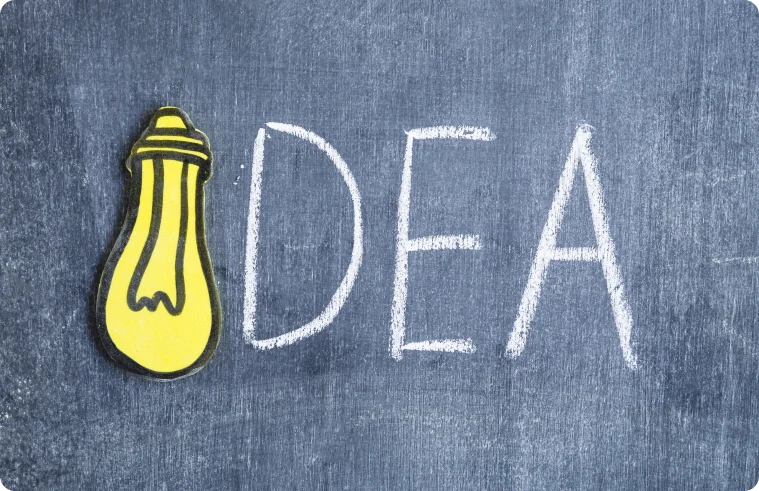
The Water Bill Application changed how water bills are made, which helped users and utility companies in big ways. By automating regular tasks, making them more accurate, and making the user experience better, the application sped up operations and got customers more involved and made them care more about the environment. The case study shows how technology-driven solutions can change how things have always been done.
Copyright © 2025 Vasundhara Infotech. All Rights Reserved.